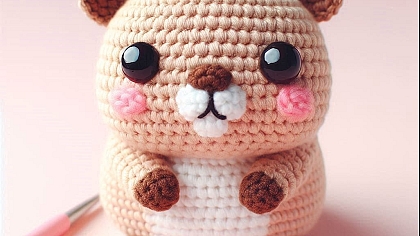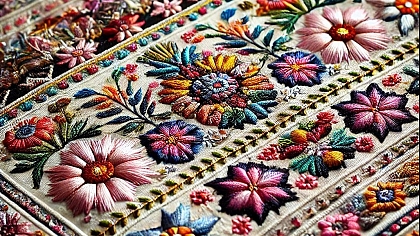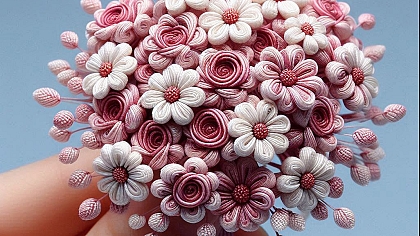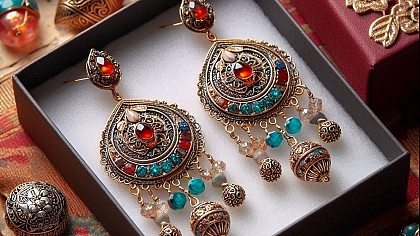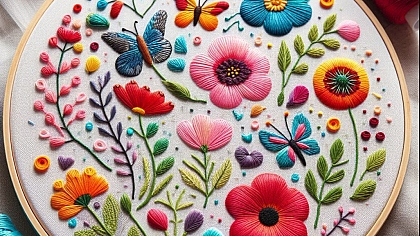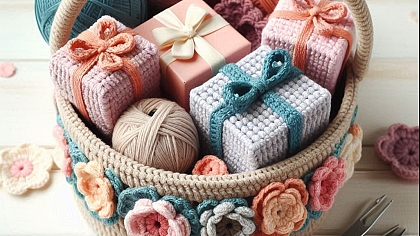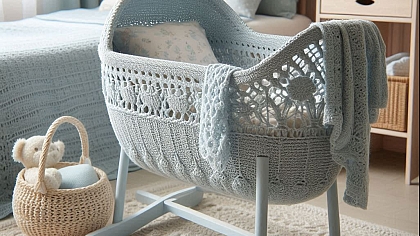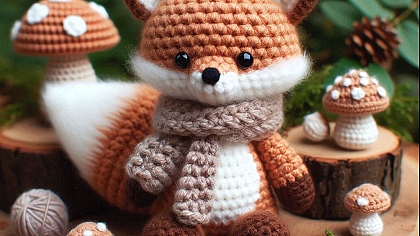
Mastering Chiffon: Expert Tips and Advanced Techniques for Perfect Sewing
Sewing chiffon can feel like embarking on a delicate dance with fabric. Its ethereal, translucent nature makes it a favourite for elegant garments like evening gowns, blouses, and scarves, but it also presents unique challenges. From its slippery texture to its tendency to fray, chiffon demands care and precision. With the right techniques and a bit of patience, however, you can master this fabric and create stunning results.
Understanding the Nature of Chiffon
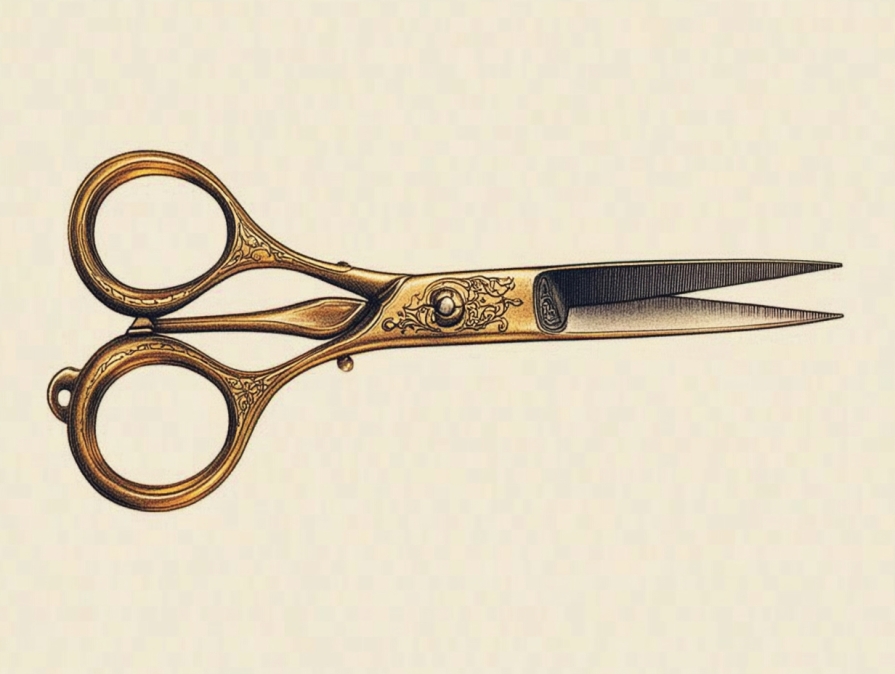
Before diving into techniques, it’s essential to understand chiffon as a material. Chiffon is a lightweight, sheer fabric, often made from silk, polyester, or rayon. Each type has its own characteristics. Silk chiffon feels luxurious and soft, while polyester chiffon is more durable and budget-friendly. Rayon chiffon offers a balance of softness and affordability but requires extra care due to its fragility.
The weave of chiffon contributes to its unique texture and flow but also makes it prone to snagging and fraying. This airy quality is also why chiffon moves beautifully, making it ideal for designs that emphasize drape and fluidity. Knowing the fabric’s tendencies will guide your approach as you sew.
Preparing Your Workspace and Tools
A well-prepared workspace is crucial when working with chiffon. Start with a clean, flat surface to prevent snags or dust from transferring onto the delicate material. Using a rotary cutter instead of scissors can make cutting more precise and reduce the movement of the fabric during preparation. For cutting, a self-healing mat ensures your workspace remains stable.
Sharp tools are non-negotiable. A fine, sharp needle, such as size 60/8 or 70/10, is necessary to pierce the fabric cleanly without causing runs. Opt for polyester or silk thread, as these materials blend seamlessly with chiffon and provide a strong yet lightweight stitch.
Consider using weights to hold your pattern pieces instead of pins, which can distort the fabric or leave visible holes. If pins are unavoidable, choose fine silk pins and insert them along seam allowances to minimize damage.
Cutting Chiffon with Precision
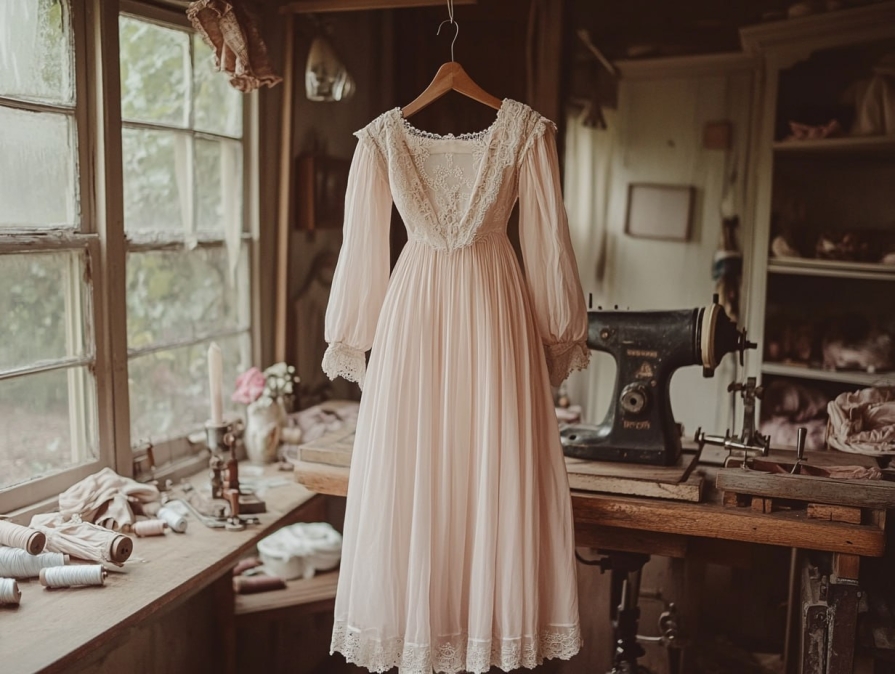
Cutting chiffon requires careful planning and technique. The slippery nature of the fabric can lead to inaccuracies, so laying the fabric on a non-slip surface is beneficial. Many sewers prefer to layer chiffon over tissue paper before cutting. This method provides stability and helps prevent shifting. After cutting, the tissue paper can be carefully torn away.
Marking fabric lines on chiffon can be tricky. Avoid traditional chalk or wax-based markers, as they may not show clearly or could stain the fabric. Instead, use a disappearing fabric pen or tailor’s tacks for transferring pattern markings.
Handling Chiffon During Sewing
One of the most challenging aspects of sewing chiffon is managing its delicate structure during construction. A walking foot attachment for your sewing machine can help feed the fabric evenly, preventing it from puckering or stretching. Setting your machine to a straight stitch with a shorter length can also enhance the results.
If your chiffon begins to misbehave, consider stabilizing the seams with lightweight fusible interfacing or strips of tissue paper. These materials can be sewn into the seam and then carefully removed afterwards, leaving a clean finish.
French seams are a popular choice for chiffon because they encase raw edges, preventing fraying and creating a polished look. Another option is using a rolled hem, which provides a neat and narrow edge suitable for hems or decorative finishes.
Managing Challenges with Fraying

Fraying is one of the chiffon’s biggest drawbacks, but it can be managed with proper techniques. Serging the edges is an effective way to seal them, but not every sewer has access to a serger. A zigzag stitch along the edge can serve as an alternative. For particularly tricky sections, using fray-checking liquid can offer extra security.
When constructing garments, try to minimize the handling of raw edges to reduce the risk of fraying. Pre-treating the fabric with a starch spray can also stiffen it temporarily, making it easier to work with.
Perfecting the Finishing Touches
The final steps in sewing chiffon can elevate your project from good to outstanding. Ironing chiffon requires extra care due to its sensitivity to heat. Always use the lowest heat setting and a pressing cloth to avoid scorching or leaving water marks. Steaming can also help remove wrinkles without direct contact.
If your garment features embellishments like lace, sequins, or beads, hand-sewing these details is usually the safest approach. Chiffon’s sheer nature means that any imperfections in embellishment placement can show through, so take your time to achieve even spacing and secure stitching.
Building Confidence with Chiffon Projects
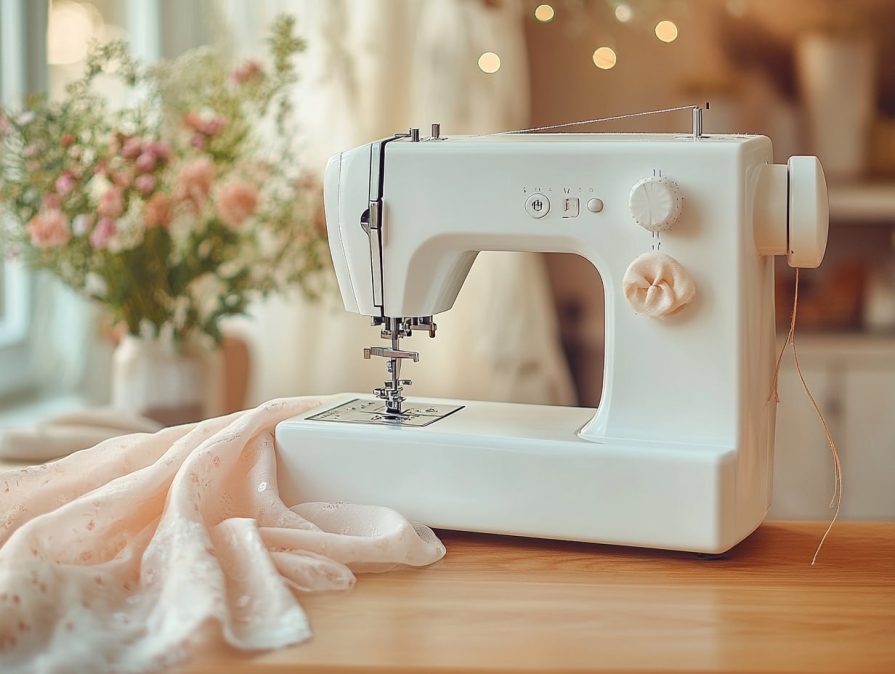
As with any fabric, practice makes perfect when it comes to chiffon. Starting with simpler projects like scarves or overlays allows you to become comfortable with the fabric before tackling more complex designs. With patience and the right approach, chiffon can transform into stunning garments that showcase its beauty and your skill as a sewer.
Working with Chiffon is an opportunity to challenge and expand your sewing expertise. Each project you undertake will build your confidence and bring you closer to mastering this enchanting fabric. Whether you’re crafting an elegant evening gown or a delicate blouse, your careful techniques will ensure the finished piece is as graceful as the chiffon itself.

